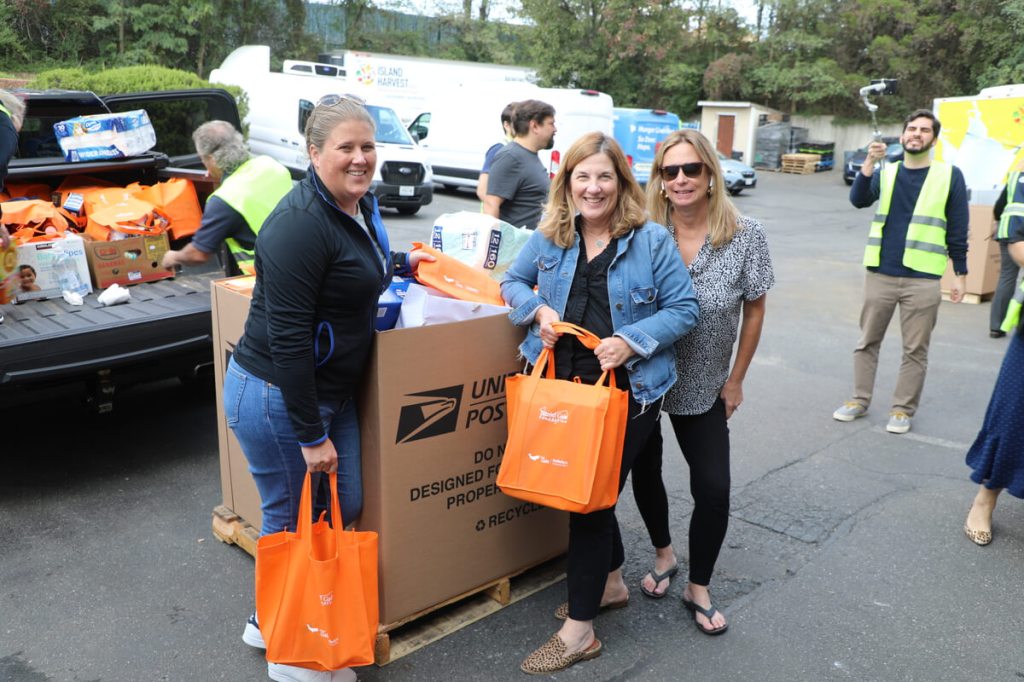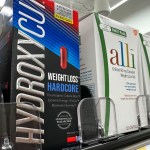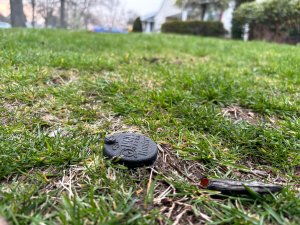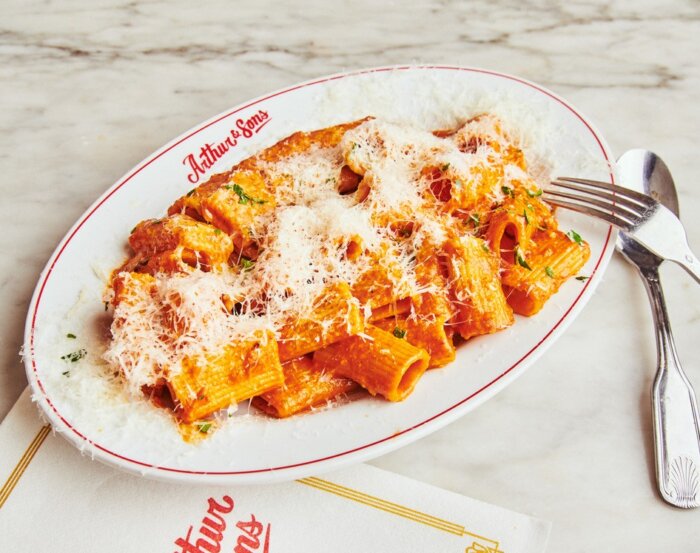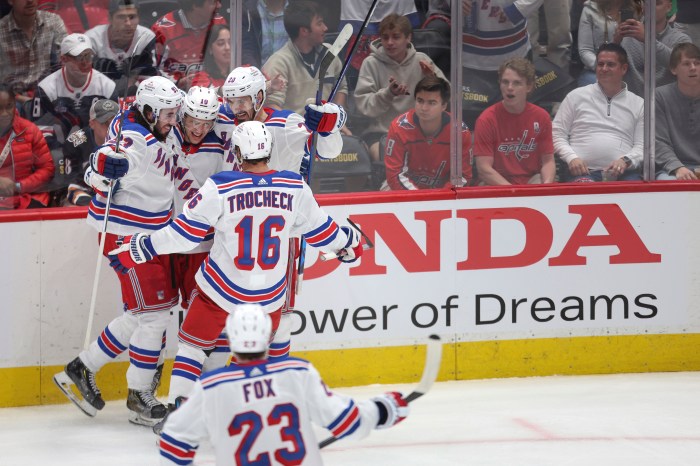After the Oct. 7 Hamas attack on Israel that resulted in more than 1,200 deaths and the taking of at least 230 hostages, many people felt helpless, if not hopeless. Some Long Islanders wanted to do what they could to help.
Molly Barkan Goldberg, her husband Brett Goldberg and their son Sam decided they wanted to raise funds and awareness for families of those killed or taken hostage in a way that involved participation as well as fundraising.
The result was a hoopathon, where more than 100 children took 18 free throws at the Sid Jacobson Jewish Community Center in East Hills on Nov. 5. “The event was mostly for kids, but some adults wanted to come do it,” Molly said.
Participants paid $36 and some raised additional funds with a prize for the most money raised in the form of two floor seats to a New York Knicks game. Donors pledged or donated flat amounts.
The fundraisers got help from the SJJCC with flyers, emails, social media, staffing the event, use of the gym, supplies and organization.
The SJJCC also provided private basketball lessons to children who made the most baskets. And children helped organize and recruit for the event, focusing on families of those affected by the initial attack.
Sam Goldberg, 12, hosted the fundraiser along with Emme Gerson, Spencer Roth and Harrison Kolin, all 12 and in the seventh grade.
The event raised $48,000 for the Israeli Children’s Fund, supporting children in Israel whose parents were killed or taken hostage on Oct. 7.
Three years ago, fundraising took on many new forms amid the pandemic as virtual events caught on. But people today are raising funds in creative ways that often involve competition.
Groups are going beyond golf and tennis fundraisers to hoopathons, bowl-a-thons as well as bike-a-thons, walk-a-thons, runs and even pickleball.
The Marcum Workplace Challenge, for instance, is the largest event of its kind, even larger than the Long Island marathon, according to the accounting and advisory firm. It is a 3.5-mile run/walk, held in late July each year at Jones Beach State Park. Marcum says the event has raised more than $1.3 million since 2006.
Thousands of participants from hundreds of local companies take part with winners recognized in a ceremony on the evening of the event. Winners also are chosen from a legal challenge, financial industry challenge, healthcare challenge and engineering/architectural challenge. But the clear winners are the charities that benefit, as competition, often fuels fundraising. Beneficiaries receive the proceeds from the event as well as direct donations.
“The Marcum Workplace Challenge represents the heart and soul of Long Island,” Carolyn Mazzenga, Marcum’s Long Island office managing partner, said. “It’s more than a run. It’s a display of our enduring commitment to the well-being of Long Island.”
Bethpage Federal Credit Union also uses competition as part of its charitable efforts. It runs employee volunteer challenges where staffers who volunteer for local nonprofits can win prizes by recruiting other volunteers.
And Bethpage has held leadership team-building competitions where teams compete to win a $1,000 donation to the charity of the winning team’s choice.
The credit union introduced a Corporate Challenge encouraging local businesses and organizations to donate the largest amount of frozen turkeys.
The winner gets the sense of satisfaction from doing good, and an on-site ice cream truck employees can enjoy.
Starting in September, Daniel Gale Sotheby’s International Realty helped Island Harvest and City Harvest with a food drive.
Each of Daniel Gale’s 28 offices from Brooklyn to Shelter Island participated in a competition to see which office could contribute the most, pound for pound, with a goal of raising 10,000 pounds of food and monetary donations of $15,000.
“Real estate advisors are fiercely competitive, so the stakes are high,” said Kathleen McCarthy, a real estate advisor in Daniel Gale’s Garden City office and board member of the organization’s Young Professionals Network (YPN).
“This year the challenge was to beat the office poundage from last year,” she said, noting that every office met that goal.
She said that YPN has taken on “a major role in Daniel Gale’s charitable giving” by organizing fundraising activities that “energize and inspire the team.”
According to the company, YPN raised $100,000 in the past year to fund the Daniel Gale Foundation, the company’s charitable arm. “We have great fun competing with each other while helping others,” McCarthy said.
That, she said, in turn has led to larger=scale donations to a variety of not-for-profits on Long Island and in Brooklyn and Queens.
The YPN this year launched a fundraising drive with an annual “Give for Good” party that raised $35,000. They tapped competition there with a companywide bowlathon that raised $15,000 and their first annual golf, tennis and pickleball tournament brought in $125,000.
Family & Children’s Association uses Giving Tuesday activities to tap the economic engines of fundraising. FCA last year partnered with Splish Splash water park in an example of fun-raising as FCA received a portion of Splish Splash’s Black Tuesday sales in free passes.
In the summer of 2023, FCA took 200 underserved children and staff to enjoy a day at Splish Splash.
Paige O’Brien, FCA’s chief development officer and vice president of strategic advancement, said, “Our Adopt-a-Family donations come from individuals and fundraising teams from workplaces.
While fundraising benefits those who receive the financial support, participants also can benefit as well. Molly Goldberg said that fundraising can raise money and make people “feel like they are doing something meaningful.”
She added that prizes further motivate participants, boosting the money raised so that participants “go above and beyond in terms of fundraising.”



